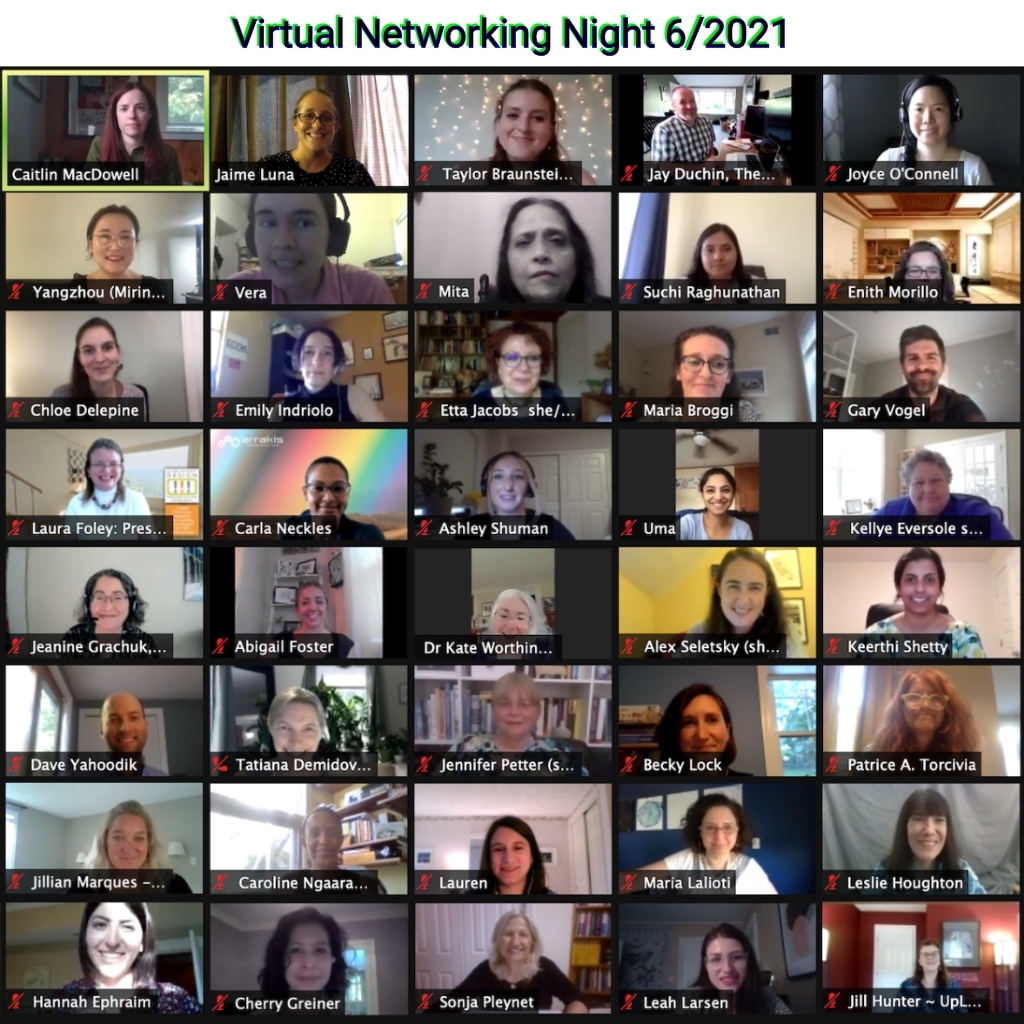How To Become a Board Member
by Regina Au
May 13, 2009
Women currently comprise only 15% of board positions at large corporations, and a smaller percentage of smaller companies, yet studies indicate that companies perform better financially when they have greater gender diversity. At a recent WEST event* four women directors of both public and privately held companies discussed what skills and experiences boards are seeking and how to get on a board.
1. What are corporate boards seeking?
- Title: “C” level and VP are important because they denote expertise, give good first impressions, and come with more exposure.
- Experience: Prior experience on a for-profit board of directors is very desirable. Non-profit board experience is not as highly valued in corporate board selections because non-profits operate quite differently and are not accountable to shareholders (with the exception of hospital boards which often function similarly to for-profit boards).
- Knowledge of Corporate Governance Practices: The Sarbanes-Oxley Act implemented in 2002 made major changes by tightening regulation of financial practices and corporate governance. Corporate boards prefer individuals who already are familiar with these regulations.
- Large Company Experience: Boards often seek people who have worked in large organizations because they have had opportunities to develop leadership, strategic thinking, and problem solving skills.
- Domain or Functional Expertise: Small to mid cap companies tend to be more interested than larger companies in bringing functional or domain expertise onto their boards
2. How do you get onto a board?
- Non-Profit Boards: Volunteer to be on the board of non-profit organizations. Although non-profit experience itself may not be sought by a corporate board, the chance to meet and work with the other well-connected board members often leads to valuable personal connections.
- Bank Boards: Banks are often looking for community representation and can be a good place to look for a first board position.
- Corporate governance practice: Learn the language of corporate governance practices by reading books and magazines on good governance. Also look for local groups that offer training and classes in corporate governance.
- Skills: Develop other skills such as leadership skills, strategic thinking, and problem solving. Know your value proposition and how will it make a difference
- Attend board meetings: Request to attend a board meeting at your company as this is a valuable way to learn more about how boards operate. One way to attend is to offer to present at the meeting.
- Network: If you work in a company with a board of directors, try to meet them. Also introduce yourself and build relationships with investors such as VCs and Angels and ask them for advice and suggestions for future seats on boards.
- Ask: Landing a board position is similar to finding any job. Let people know your interest of being on a board and remind them.
- Recruiters: Keep in mind that recruiters often are looking for previous board experience, so don’t rely on them to land your first board position.
3. What are your chances?
- Improved: In the past corporate board members were mostly current or former CEOs, founders, VC Partners or well known experts in their field. Due to the increased regulations on boards, there are more opportunities than in the past. For example, CEOs are not often serving on more than two boards. This leaves more room for other C-level and VP level candidates to serve on boards.
4. How do you decide whether to accept?
- Once you’ve been invited to join a board, it is very important to do your due diligence on the corporations.
- Find out the integrity of the board – are they going to listen to you
- Ask to talk to their external auditors and lawyers
- Ask to meet with the CEO, one senior management and 2 board members
- Ask how the board members interact, and if any members are problematic
5. What can be done to increase the number of women on boards?
The percentage of women on boards has not increased substantially from 2003 to 2008. Panelists suggested that we can help increase these numbers by:
- Having more women become CEOs, CFOs or other C-level positions
- As shareholders, writing letters to companies asking why there are no women on their board.
*The WEST event "Get on Board: Inside the Board of Directors” was held on April 28 in Boston MA. Click Here for more information about the event.
|





























